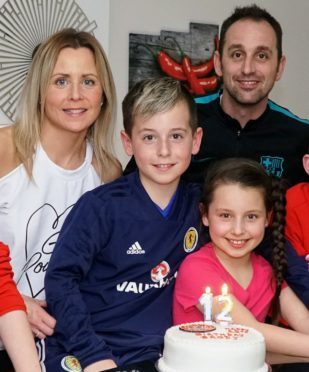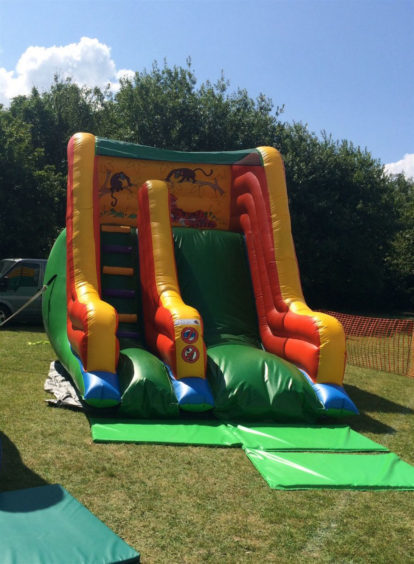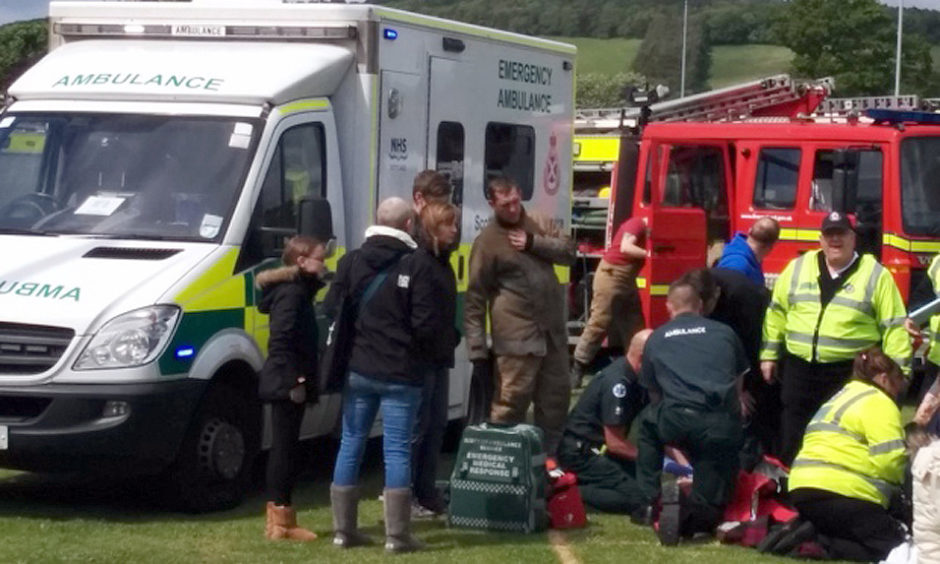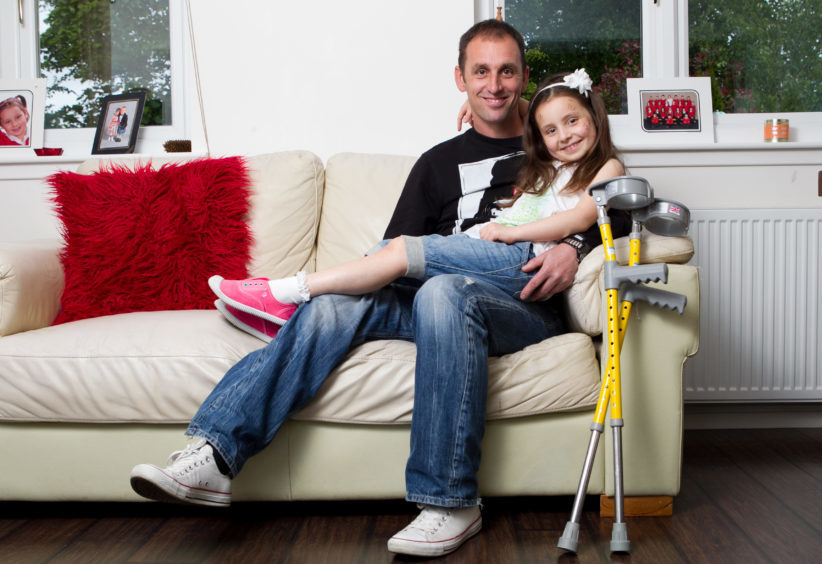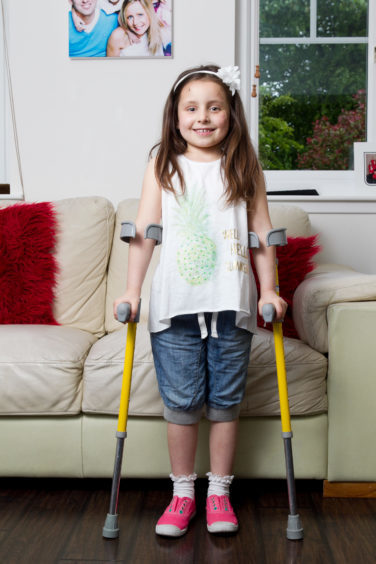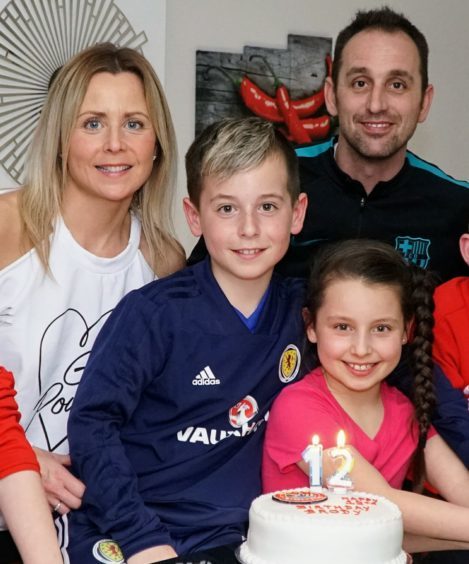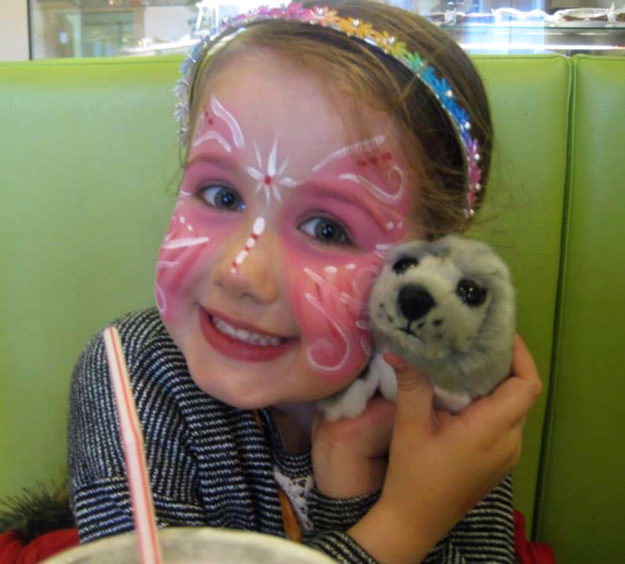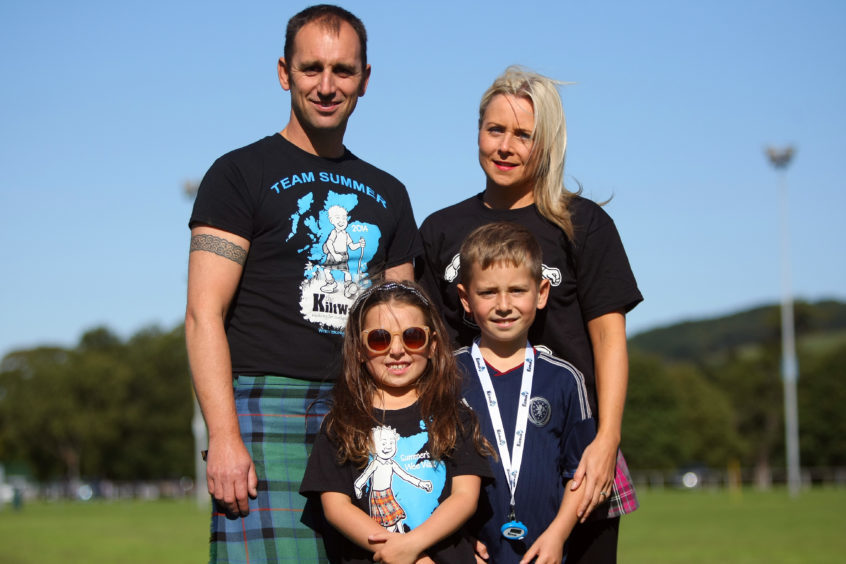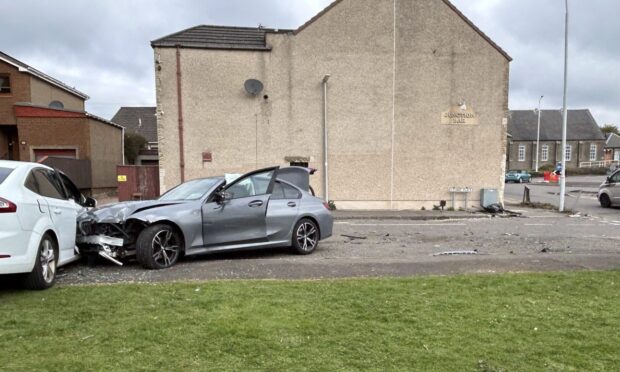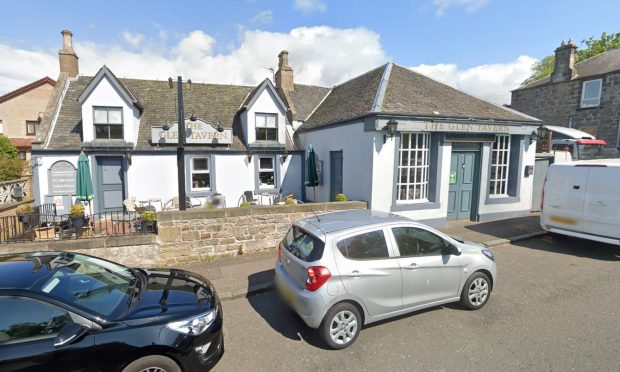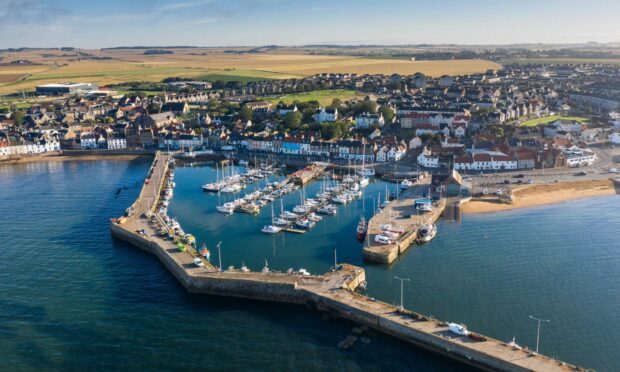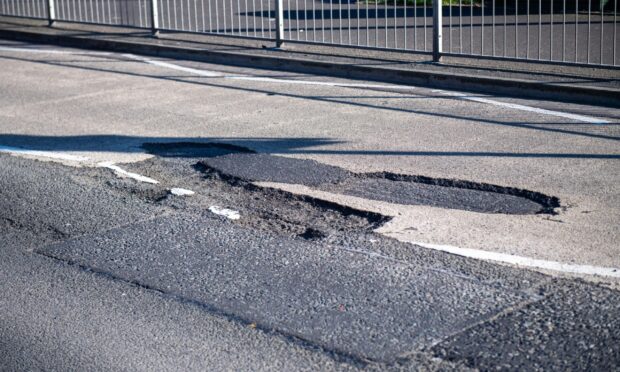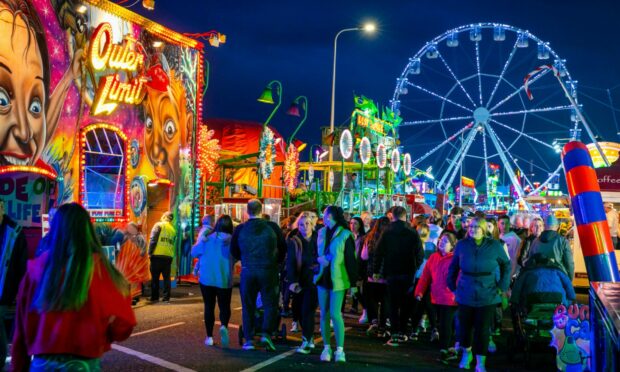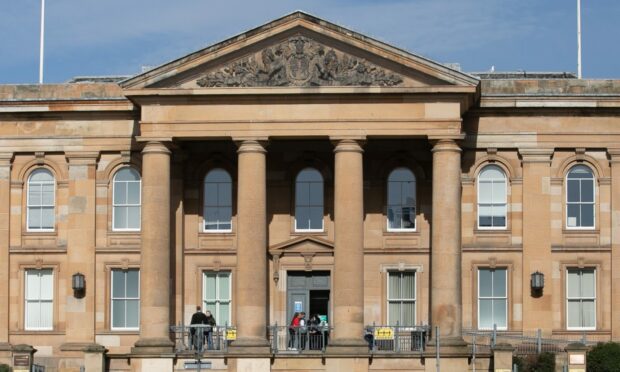The parents of a little girl who was seriously injured when she was blown away on a giant inflatable in Fife three years ago have stepped up their calls for tighter safety regulations across Britain.
Summer Wroniecki, who was just six-years-old at the time, was hurled into the air when the bouncy slide she was playing on was caught by a gust of wind at Cupar Children’s Gala in June 2015.
Her parents Chris and Karen Wroniecki have now called for tighter safety rules after a spate of similar incidents – including the tragic death of seven-year-old Summer Grant killed at an Easter fair in Harlow, Essex, in March 2016, when the bouncy castle she was on blew away. That incident led to the jailing of two fairground workers.
There was further tragedy last month when three-year-old Ava-May Littleboy died at Gorleston Beach in Norfolk when the bouncy castle she was on “exploded” in hot weather, throwing her 30-feet into the air.
An investigation by the Health and Safety Executive (HSE) into the Cupar incident concluded there was not enough evidence to lead to a prosecution.
However, the Wronieckis, while delighted that their daughter has recovered, remain unhappy with the outcome of the Cupar investigation and remain concerned that further tragedies could occur if regulations are not tightened.
Having sought independent informal legal advice since the report’s publication, it has been suggested to them that the findings of the HSE report into the Cupar incident were “flawed” and that there were breaches of HSE law. The HSE yesterday stood by its view there was “insufficient evidence” a breach had occured.
“When we heard what had happened to the little girl in Essex – also ironically called Summer – it made us realise how lucky our Summer was,” said Chris, 45.
“But it also made us think how can it be that on the one hand an almost identical incident – albeit with a death – can lead to two fairground workers being jailed in England, yet here, where the circumstances were almost identical, no action was taken whatsoever?
“What I would like to see is a piece of equipment that is calibrated and a (legally binding) shall requirement that is not attached. It would measure wind speed so if anything goes wrong, evidence is there.”
The couple also believe that organisers of such events need to shoulder more responsibility – perhaps with periodic “risk assessments” by someone qualified to ensure conditions remain safe.
Summer, who had just battled back to health from a rare form of cancer, suffered a broken femur and other injuries when she was hurled in the air and thrown into another ride at the gala day.
She had to undergo surgery after a metal plate inserted in her hip during her cancer fight was dislodged.
Three other children and an adult were also hurt in the incident, which left horrified onlookers in shock.
When the Health and Safety Executive published its report into the Cupar gala incident in 2015, the investigator concluded that no enforcement action should be taken due to “lack of evidence of a breach of Health and Safety at Work etc Act 1974”.
It also stated there should be no action against the owner of the slide as it “cannot be demonstrated that he supplied the ride in an unsafe condition”.
The report stated that five metal stakes had been recovered from the scene (industry guidance states that all 22 anchor points should have been used). Ratchet straps had also been quoted as being in use to tie the slide to a vehicle.
However, the Wronieckis remain concerned that the operator, whose insurance company has since given Summer an undisclosed pay-out, “would not provide information” about the anchorage when interviewed under caution.
He referred to the gust that blew the slide as a “freak gust of wind” and claims it was not representative of the weather up until that point in time.
The HSE report quoted a weather website which showed wind speed in the Cupar area at the time to be approximately 22mph (within the 19-24mph guidelines for safe operations) with a maximum gust of 30mph. It claimed it was not possible to get Meteorological Office weather reports retrospectively.
However, the Wronieckis subsequently downloaded Met office weather reports from nearby Leuchars which recorded gusts of 47mph and 57mph at 1.50pm and 2.50pm respectively (either side of the accident), with guests of 48mph and 44mph recorded in the morning – far in excess of safe limits.
When the Wronieckis sent their dossier to an independent legal contact in 2016, he said: “The HSE expert we know has taken a look at the papers and has come to the considered conclusion that the investigation was flawed. I would stress that this is an informal view but it suggests there were breaches of HSE law and that what you’ve been told to date isn’t good enough.”
Asked to comment by The Courier on Monday, an HSE spokesperson said of the 2015 Cupar gala investigation: “HSE carried out a full and thorough investigation into the circumstances surrounding the incident in June 2015 and found insufficient evidence that the Health and Safety at Work Act was breached. As a result, the investigation was concluded and no further enforcement action was taken.”
Regarding wider calls for improvements of regulations for inflatables, the spokesperson added: “HSE is actively engaging with stakeholders in the inflatable devices industry, including representatives of both operators and inspection bodies.
“HSE is providing suitable and sufficient information, that focuses stakeholder attention on their legal obligations in relation to the operation and inspection of inflatable devices.
“The HSE will continue to work with the relevant stakeholders to improve health and safety standards across the fairground and entertainment industry, including inflatable devices, to ensure that risk is managed in a proportionate and effective manner.”
The Wronieckis’ case is scheduled to feature on a BBC Inside Story programme in October.
